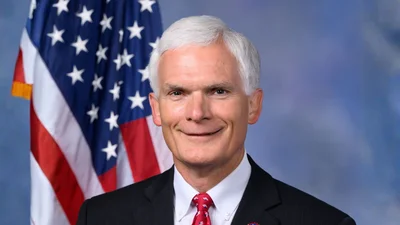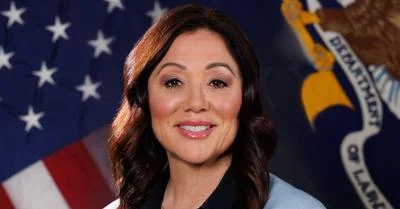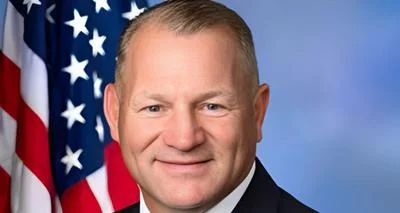U.S. Senator Maria Cantwell (D-Wash.), along with a bipartisan group of senators, has reintroduced the National Oceanic and Atmospheric Administration (NOAA) Weather Radio Modernization Act. The legislation aims to update the nation’s weather communication and radio service as communities across the country face more severe floods, fires, and hurricanes.
Senator Cantwell, Ranking Member of the Senate Committee on Commerce, Science, and Transportation, was joined by Sen. Ted Cruz (R-Texas), Chair of the Committee, and Senators Dan Sullivan (R-Alaska), Brian Schatz (D-Hawaii), Jerry Moran (R–Kansas), and Gary Peters (D-Mich.) in introducing the bill.
“NOAA Weather Radio is our nation's weather infrastructure that broadcasts 24/7 to keep people informed with immediate, reliable weather information, including timely weather alerts,” said Sen. Cantwell. “This bill helps to upgrade the system with the best technology and communications systems, replacing copper with fiber to reach more people, especially in rural areas. It also directs NIST to develop standards for better warning technology and makes sure NOAA keeps its weather scientist and forecast jobs fully staffed.”
The bill comes after a year in which the United States experienced 27 separate weather and climate-related disaster events that each caused over $1 billion in damages and resulted in 568 deaths. In Washington state alone, recent years have seen major events such as a bomb cyclone, consecutive atmospheric rivers, a record-breaking heat dome, historic flooding affecting thousands of homes and businesses, and more than 1,000 wildfires burning tens of thousands of acres.
The NOAA Weather Radio network currently operates over 1,000 transmitters covering all states and U.S. territories. Broadcasts provide warnings for natural disasters like storms or wildfires as well as environmental hazards.
Key provisions of the proposed act include upgrading outdated radio technology—moving from copper wire transmissions to fiber—to ensure continuous emergency alerts; expanding coverage so that 98-99% of Americans can receive these alerts; authorizing $25 million per year for five years for system operation plus $100 million for modernization; directing NIST to set standards for warning technology in flood-prone areas; and exempting critical NOAA forecasting positions from hiring freezes.
Communities have recently experienced outages when National Weather Service radio transmitters failed during storms in places like southeast Michigan and South Carolina. The legislation seeks to address such gaps by modernizing infrastructure nationwide.
There are currently 17 National Weather Radio transmitters operating within Washington state.
Under Senator Cantwell’s leadership as Commerce Committee Chair last year, a similar version of this legislation passed the Senate but did not become law. She has previously secured $3.3 billion in NOAA investments through the Inflation Reduction Act to help communities adapt to climate change impacts—including advanced computer technologies vital for predicting extreme weather—and championed other measures such as bipartisan wildfire preparedness legislation that passed committee earlier this year.
Senator Cantwell also played a role in bringing Washington state’s first coastal Doppler radar online in Grays Harbor County in 2011.








